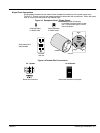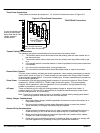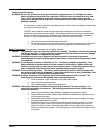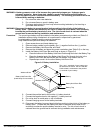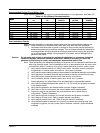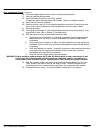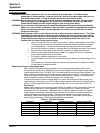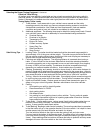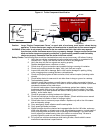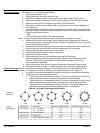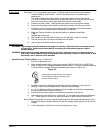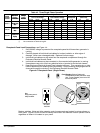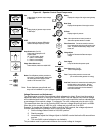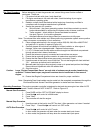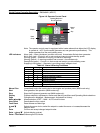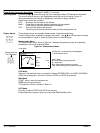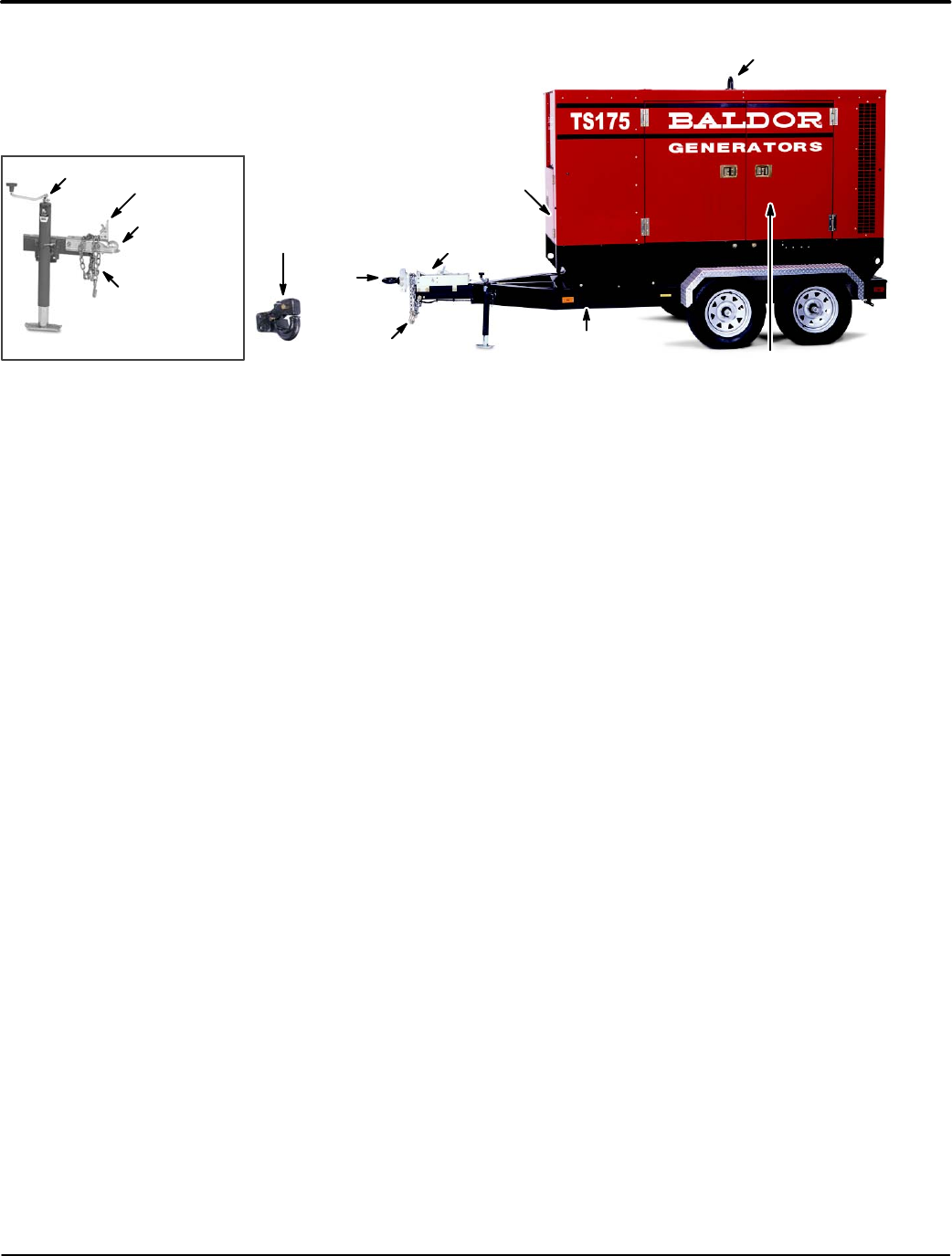
Operation 4-3MN2417
Figure 4-1 Trailer Component Identification
Jack
Single or
Double Axle
Trailer Brake
Safety
Chains
Trailer
Pintle
Engine
Compartment
Lift Hook
Battery
Compartment
Jack
Coupler
Coupler Handle
Safety
Chains
Ball Coupler
Tow Vehicle Mounted
Pintle Hook
Caution: Large “Engine Compartment Doors” on each side of enclosure must remain closed during
operation. If doors remain open, engine will overheat due to insufficient air flow around engine.
WARNING: If the trailer is not properly secured to the tow vehicles tow hitch, the trailer may separate
from the tow vehicle and cause severe injury or property damage. Always ensure that the tow
hitch and trailer tongue are properly connected, in good working condition and that safety
chains are properly connected from the trailer to the tow vehicle.
Safety Checks The following items should be checked before each use and once every 100 miles of towing:
1. Verify the tow vehicle is designed to tow the trailer before trailer is connected to the
vehicles hitch. Using a tow vehicle that is too small is very dangerous.
2. Verify the stop, tail and turn signals are working properly.
Replace damaged lenses, reflectors or bulbs.
3. Check wires for good connections and possible fraying or wearing of insulation.
4. Check and properly maintain the trailer, hitch, jack, ball and coupler.
5. Inspect hitch and ball for damage. Ball or hitch can be damaged in parking, hitting
curbs, dragging when crossing ditches or railroad tracks.
6. Check and properly tighten all bolts on trailer, hitch, ball and coupler (including trailer
wheels).
7. Check safety chains for wear and do not allow them to drag on ground or roadway.
8. Test breakaway system.
Hydraulic surge brake system, normally have a cable or chain connected to the tow
vehicle. In a break away condition, this cable or chain activates the master cylinder and
operates the brakes as the trailer stops.
An electric brake system, the emergency breakaway system has a battery, charger,
breakaway switch with a pull pin and cable connected to the tow vehicle. In a break
away condition, this cable operates the electric brakes (power provided by the brake
battery) as the trailer stops.
9. Check all generator mounting hardware for tightness.
10. Check tow vehicle tires for wear and proper inflation. (Check vehicle’s owner manual
for proper level of inflation of tires for towing a trailer).
11. Check trailer tires for wear and proper inflation. Replace only with a tire of the same
size and capacity ratings.
12. Carry emergency flares, reflectors and fire extinguisher.
13. Carry spare light bulbs and fuses.
14. Wheel bearings should be checked and regreased after the first 100 miles, and every
4000 miles thereafter or at least once a year. Wheel bearing grease or a good grade of
multi−purpose grease should be used for packing wheel bearings. If you don’t know
how to repack your wheel bearing, take your trailer to a service shop. Be sure to
properly tighten the axle nut and wheel nuts during assembly.
15. For proper tow vehicle maintenance while towing a trailer, check vehicle’s owner
manual and manufacturer’s specifications.



